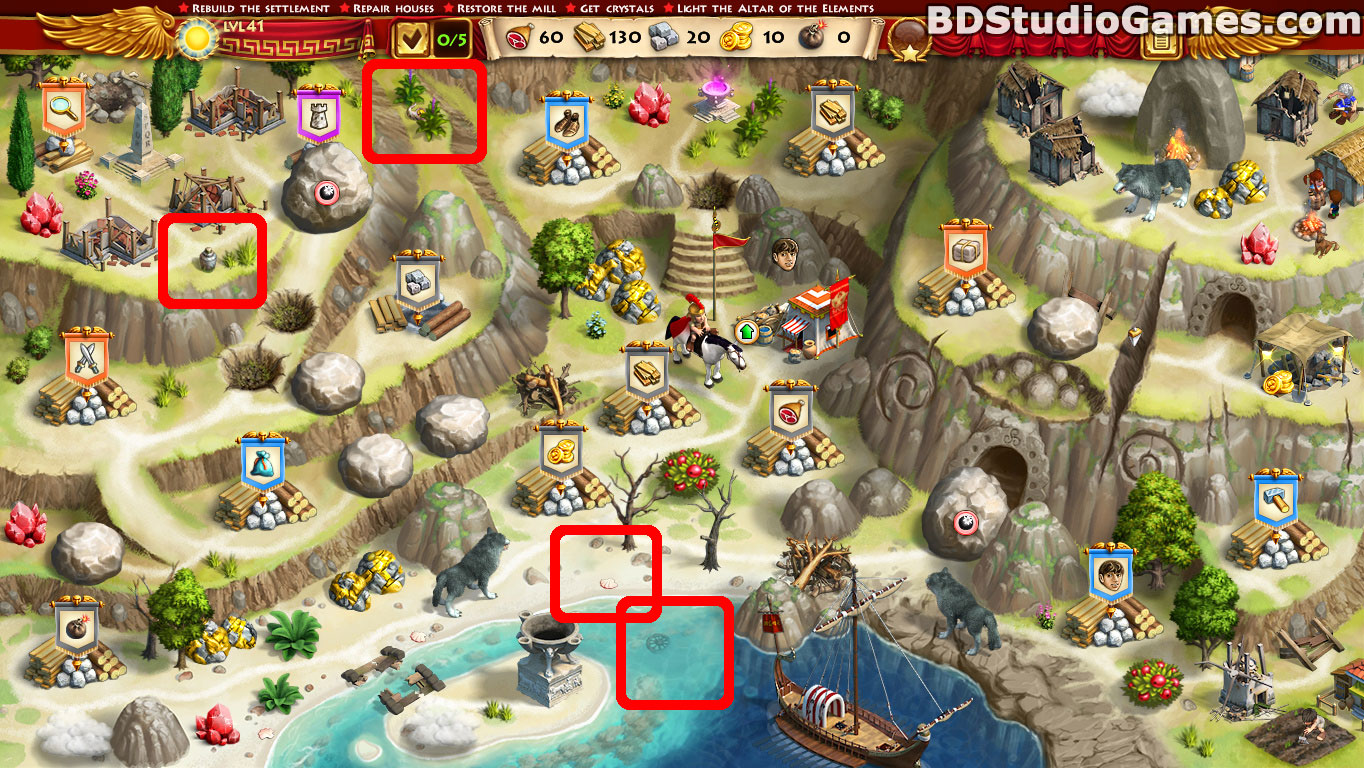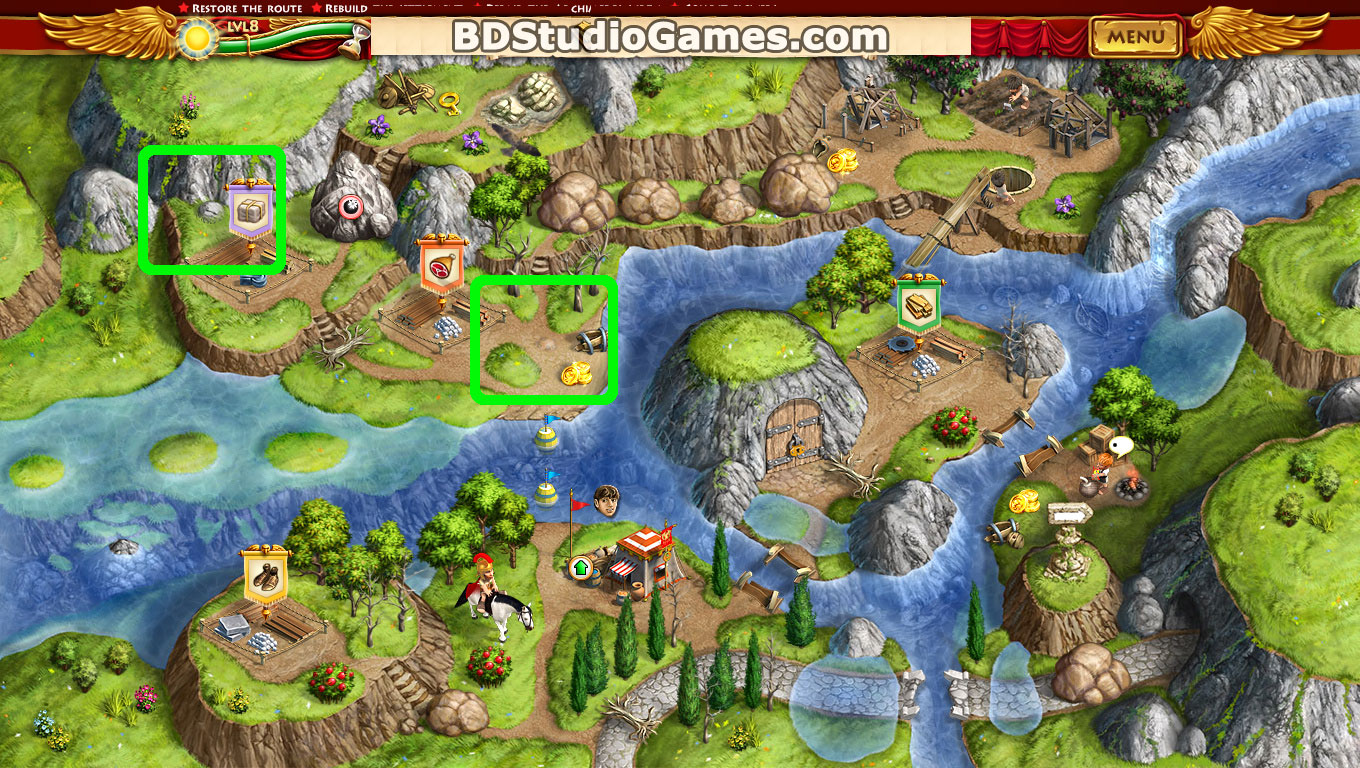

Episode 12: The Time Team Guide to Experimental Archaeology - Report not available | View Channel 4 episode page (Broadcast 17 March 2013: No report).Episode 11: An Englishman's Castle - View the Report | View Channel 4 episode page (Broadcast 10 March 2013: Upton Castle, Pembrokeshire).Episode 10: Wolsey's Lost Palace - View the Report | View Channel 4 episode page (Broadcast 3 March 2013: Manor of the More, Northwood).Episode 9: The Lost Castle of Dundrum - Report not available | View Channel 4 episode page (Broadcast 24 February 2013: Not WA Report).Episode 8: Mystery of the Thames-side Villa - View the Report | View Channel 4 episode page (Broadcast 17 February 2013: Dropshort Roman Villa, Oxfordshire).Episode 7: Horseshoe Hall - View the report | View Channel 4 episode page (Broadcast 10 February 2013: Oakham Castle, Rutland).Episode 6: Lost Mines of Lakeland - View the Report | View Channel 4 episode page (Broadcast 3 February 2013: Back Strings, Coniston).Episode 5: Warriors - Report not available | View Channel 4 episode page (Broadcast 27 January 2013: Barrow Clump).Episode 4: Henham's Lost Mansions - View the Report | View Channel 4 episode page (Broadcast 20 January 2013: Henham Park).Episode 3: A Capital Hill - View the report | View Channel 4 episode page (Broadcast 13 January 2013: Caerau, Cardiff).Episode 2: Brancaster - View the report | View Channel 4 episode page (Broadcast 6 January 2013: Brancaster Roman Fort (Branodunum), Norfolk).Episode 1: The Forgotten Gunners of WWI - View the report | View Channel 4 episode page (Broadcast 11 November 2012: Belton House, Lincolnshire).
#Roads of rome 4 secrets locations episode 3 level 1 series
Reports are available for series broadcast between 20.įor background information about each episode, please visit the Channel 4 Time Team 2013 episode guide. List of available Time Team reports produced by Wessex Archaeology. Alongside the everyday refuse of pottery sherds and animal bones have come gold and silver coins, Roman glass vessels, beautifully made Saxon brooches and some very early bone spectacle frames. Over the years, too, many interesting objects have been found.

One of the most recent sites was right here in Salisbury, where three trenches were dug around the cathedral. Over the years, our staff have participated in digs from Cornwall to the north of Scotland, in northern Ireland, France, Spain and the United States, covering a wide time span and cultural range – an Iron Age village in Cornwall, a Scottish broch, Caerwent Roman town, a Saxon cemetery, a Tudor bishop’s palace, a pioneering Manchester cotton mill and a Normandy D-Day site are just a few of the sites we have been involved in. One of the rewards of our work with Time Team is the opportunity to work on a wide range of sites, some of which we would not normally get a chance to investigate. We work closely with the people carrying out the site survey, the geophysical survey and the landscape survey, all of whose results are incorporated in our reports. We are responsible for making sure that all Time Team’s trenches are properly recorded, using standard techniques, and that a report is compiled at the end of the dig, to present the results. Time Team’s main aim, of course, is to produce very good television programmes which have a wide audience, but what they do in the field is really not much different to our work as contract archaeologists, and it’s important that the archaeology is treated in the same way. In recent years, however, we have taken over much of the archaeological ‘technical support’ for the team.

Wessex Archaeology has had an involvement with Time Team from the very beginning, through one of the programme’s best known characters, Phil Harding.


 0 kommentar(er)
0 kommentar(er)
